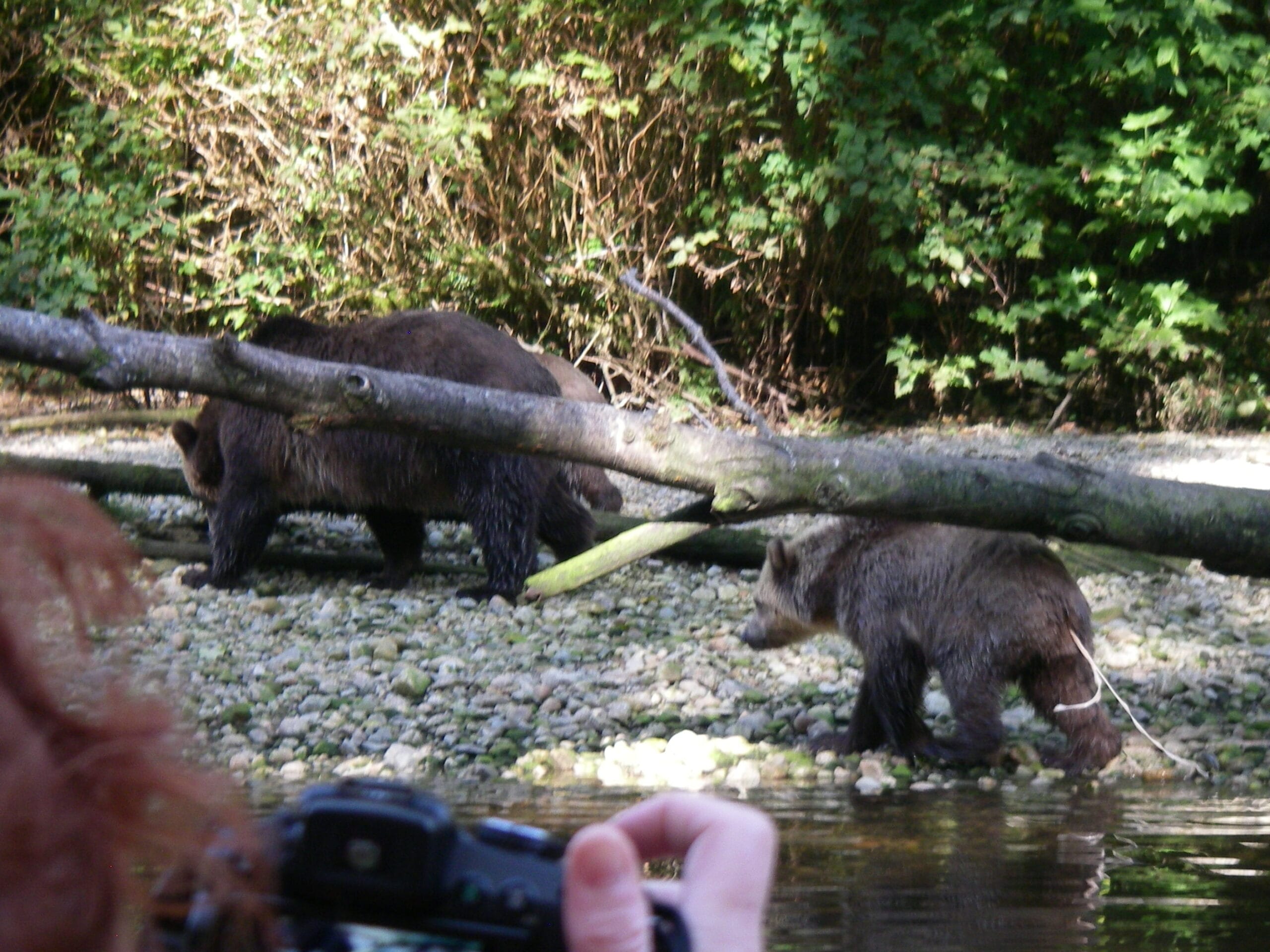What You Need to Know About Tapeworms and Bears
Bears, often seen as symbols of wilderness strength, can harbor a surprising secret: tapeworms. These parasites, while usually not lethal, can significantly impact a bear’s health and offer insights into the delicate balance of the ecosystems they inhabit.
Tapeworms: Unseen Invaders
Tapeworms are parasitic flatworms that live in the intestines of their hosts. In the case of bears, the tapeworm species most commonly found is Diphyllobothrium ursi. These creatures can reach astonishing lengths, with some individuals exceeding 30 feet.
A Fishy Tale: The Tapeworm’s Journey to a Bear’s Belly
Bears, particularly Alaskan brown bears and black bears, often become infected with tapeworms through their diet. The life cycle of these parasites involves a fascinating, albeit slightly unsettling, journey through the food web:
- Eggs in the Water: Tapeworm eggs, shed in the feces of infected bears, hatch into larvae in freshwater environments.
- Crustacean Hosts: These larvae are then consumed by small crustaceans, which serve as intermediate hosts.
- Salmon as Carriers: The infected crustaceans are then eaten by salmon, a staple food for bears. The tapeworm larvae, now in the form of plerocercoids (an infective stage), lodge themselves within the salmon’s flesh.
- Bears Complete the Cycle: When a bear eats an infected salmon, the plerocercoids attach to the bear’s intestinal lining and develop into adult tapeworms, ready to reproduce and continue the cycle.
The Impact of Tapeworms on Bears
While many bears can tolerate tapeworm infections with seemingly minimal ill effects, these parasites can still impact their well-being. Some potential consequences include:
- Reduced Growth and Weight Loss: Tapeworms compete with their hosts for nutrients, leading to decreased weight gain and overall poorer body condition.
- Lowered Reproductive Success: Infected bears may experience reduced fertility and lower cub survival rates.
- Severe Cases: In some instances, heavy tapeworm burdens can cause intestinal blockages or other complications that may prove fatal.
Protecting Bears and Ourselves: Understanding the Bigger Picture
The presence of tapeworms in bear populations is more than just a curiosity; it highlights several crucial points:
- Ecological Interconnectedness: The tapeworm life cycle demonstrates the intricate links within an ecosystem, where even seemingly disparate species like crustaceans, salmon, and bears are bound together.
- Indicator of Ecosystem Health: The prevalence of tapeworms in bear populations can serve as an indicator of the health of the salmon population and the overall ecosystem.
- Human Health Implications: The tapeworm species that infect bears can also infect humans if raw or undercooked fish, especially salmon from endemic areas, is consumed. This risk underscores the importance of properly cooking fish to eliminate potential health hazards.
Ongoing research continues to shed light on the complex relationship between bears, tapeworms, and the environments they share. By understanding these connections, we can better manage wildlife populations, conserve precious ecosystems, and protect both animal and human health.















